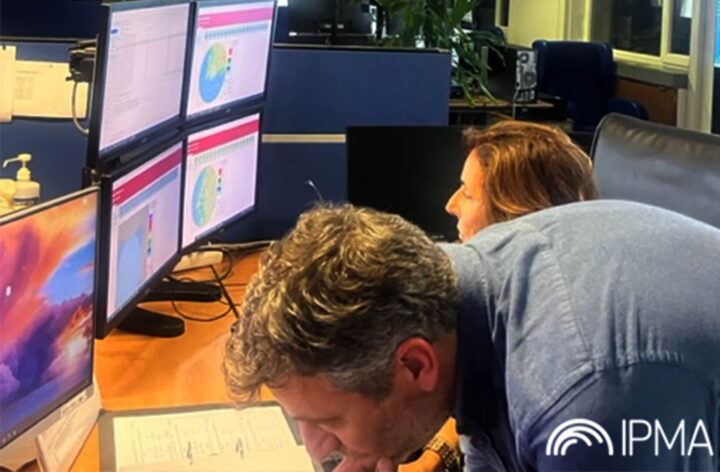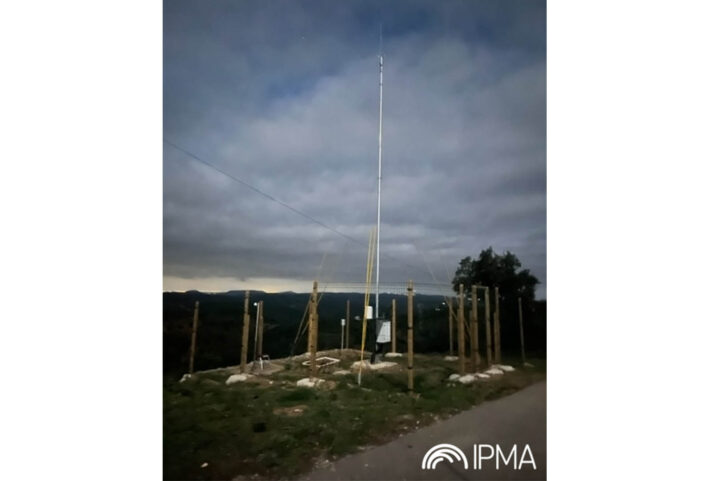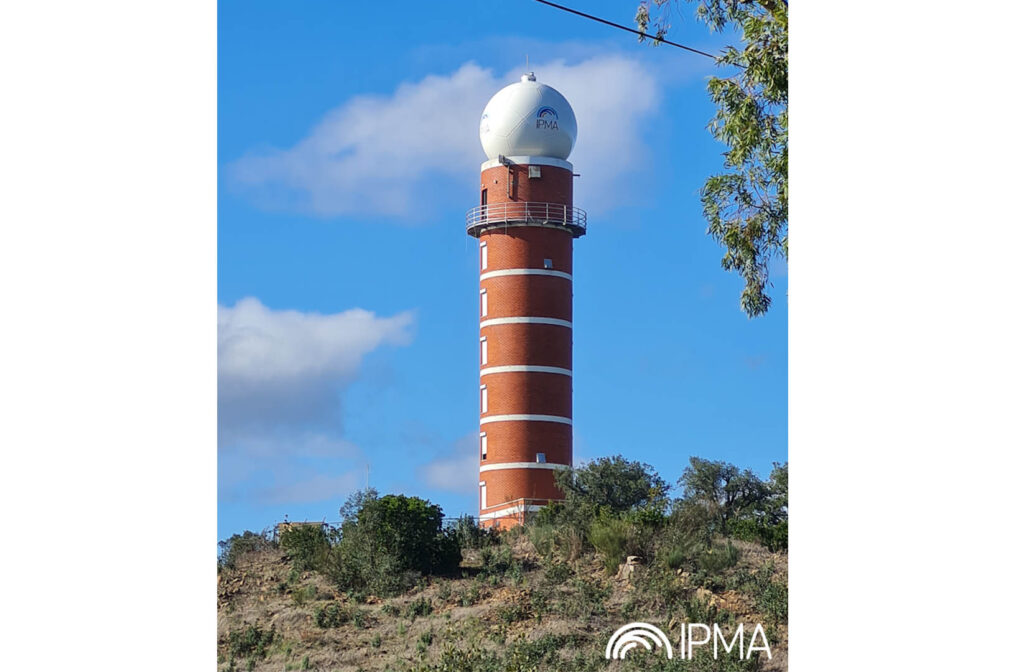The Algarve already has a dual-polarization meteorological radar in operation since the 29th of November, installed in Cavalos, in the Caldeirão mountain range, on the edge of the EN2, in the interior of the municipality of Loulé.
This new equipment, which replaces the previously existing, single polarization, will be inaugurated this afternoon by the Secretary of State for the Sea José Maria Costa, who, in the morning, will be in Coruche (Cruz do Leão) to also inaugurate the new meteorological radar.
The infrastructures that begin operation, after a testing period, correspond to a global investment of around 2,8 million euros, financed by the PRR, and integrate a network of five meteorological radars (Arouca, Coruche, Loulé, Porto Santo and Terceira) explored by IPMA.
The start of operation of these radars is part of the transition from single polarization to dual polarization, a process at an advanced stage in the European Union, and allows Portugal to be at the forefront of meteorological monitoring and forecasting, expanding its ability to understand and predict patterns and changes climate and other meteorological phenomena.
The new radars offer advantages to various socioeconomic sectors, particularly those that develop in coastal and maritime environments, and provide the country with technology that allows better discrimination between the different types of atmospheric particles, better distinguishing between rain, snow, hail and others phenomena, of particular importance for predicting weather conditions at sea.

With these radars “it is now possible, more precisely, to monitor the intensity and movement of precipitation systems, such as heavy rain, which offers greater ability to predict coastal flooding, detect changes in atmospheric pressure and other extreme conditions that can indicate the formation of tsunamis, expanding the warning capacity for coastal communities and vessels on the high seas, mitigating material and environmental risks and better safeguarding people and goods", explains the Portuguese Institute of the Sea and Atmosphere (IPMA), which will to explore.
According to IPMA, this technological change “accompanied the end of useful life of existing equipment (15 years on average for simple polarization technology) and benefited from existing support infrastructures at the sites, thus supporting the development of advanced digital techniques for other services , public and private, which will have access to this information in the form of web services, in accordance with IPMA's open data policy, seeking to stimulate the development by the private sector of applications aimed at specific market segments».
The information generated by these new radar systems is relevant not only for Portugal, but also for a large part of the European continent, in particular for Spain (AEMet), with whom Portugal (IPMA) has a real-time data exchange protocol, namely in the detection and monitoring of severe weather phenomena, with an impact on the safeguarding of lives and property.
Still within the scope of the PRR, two meteorological stations were installed near the new meteorological Radar systems costing 58.230 euros, as well as two lightning detectors in Viana do Castelo (Chafé) and Olhão, and also a new data processing system. lightning data (TLP), at IPMA headquarters, in the amount of 169.600 euros.
IPMA adds that, also with PRR financing, the network of meteorological radar systems will be expanded during the current year of 2024, with new radars in the Azores archipelago, in São Miguel (Pico Santos de Cima) and in Flores (Morro Alto ), which are also equipped with dual polarization technology and will complete the national network.



















Comments